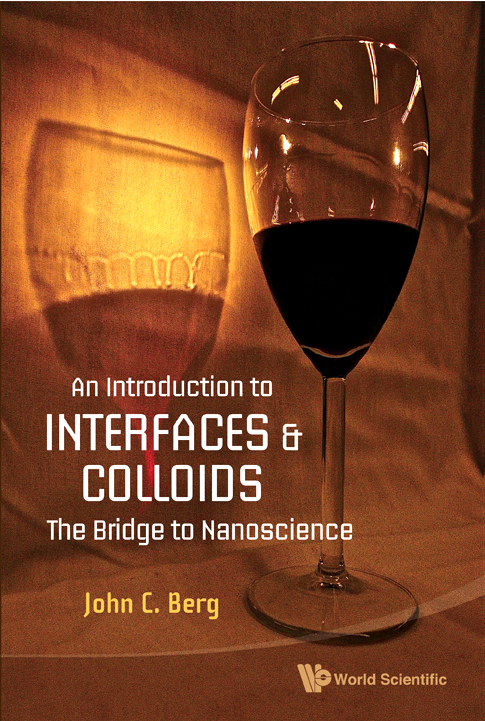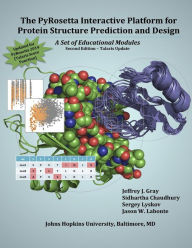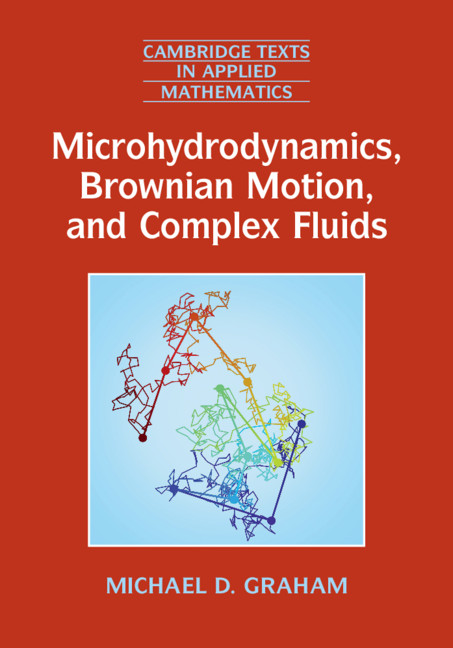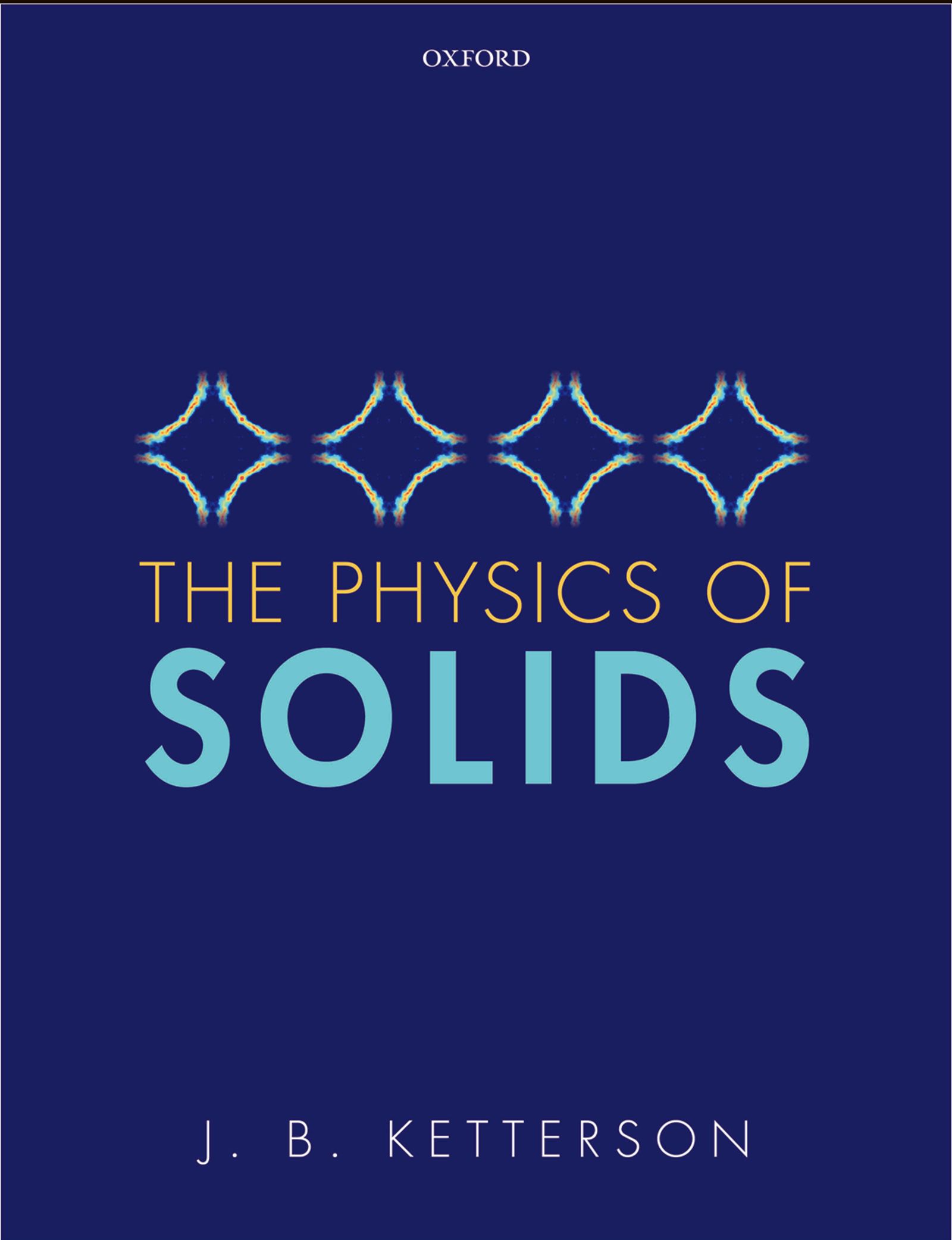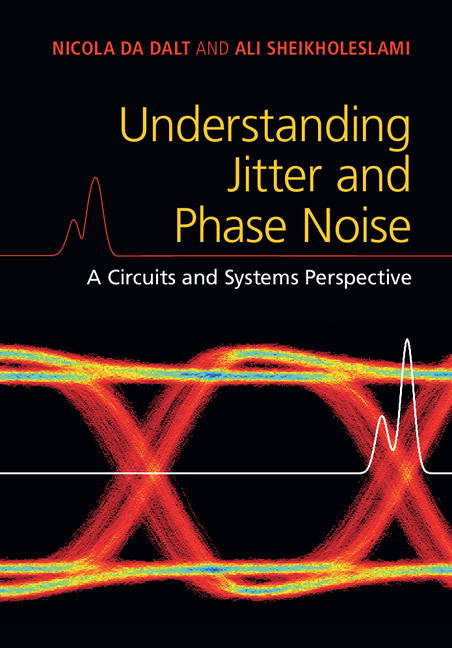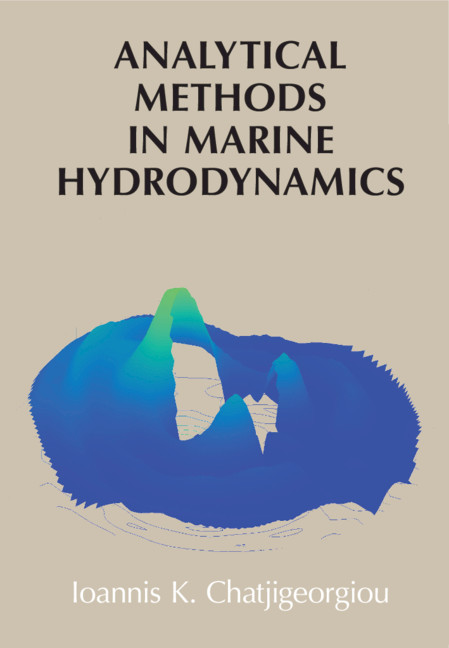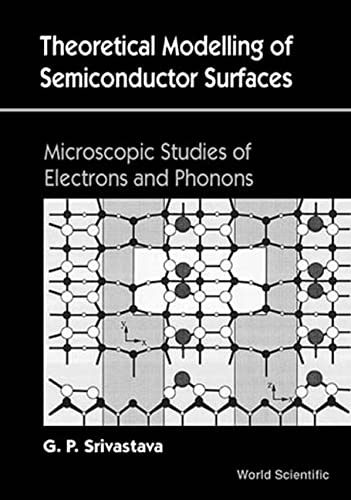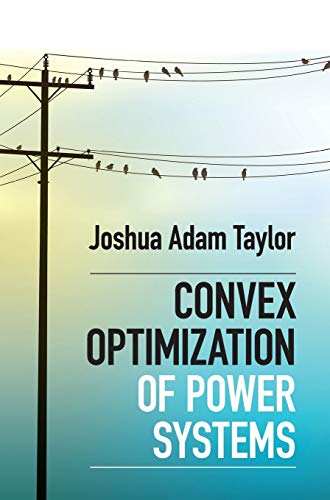Operational Amplifiers
by Johan Huijsing
2020-05-22 15:44:45
Many interesting design trends are shown by the six papers on operational amplifiers (Op Amps). Firstly. there is the line of stand-alone Op Amps using a bipolar IC technology which combines high-frequency and high voltage. This line is represented i...
Read more
Many interesting design trends are shown by the six papers on operational amplifiers (Op Amps). Firstly. there is the line of stand-alone Op Amps using a bipolar IC technology which combines high-frequency and high voltage. This line is represented in papers by Bill Gross and Derek Bowers. Bill Gross shows an improved high-frequency compensation technique of a high quality three stage Op Amp. Derek Bowers improves the gain and frequency behaviour of the stages of a two-stage Op Amp. Both papers also present trends in current-mode feedback Op Amps. Low-voltage bipolar Op Amp design is presented by leroen Fonderie. He shows how multipath nested Miller compensation can be applied to turn rail-to-rail input and output stages into high quality low-voltage Op Amps. Two papers on CMOS Op Amps by Michael Steyaert and Klaas Bult show how high speed and high gain VLSI building blocks can be realised. Without departing from a single-stage OT A structure with a folded cascode output, a thorough high frequency design technique and a gain-boosting technique contributed to the high-speed and the high-gain achieved with these Op Amps. . Finally. Rinaldo Castello shows us how to provide output power with CMOS buffer amplifiers. The combination of class A and AB stages in a multipath nested Miller structure provides the required linearity and bandwidth.
Less








